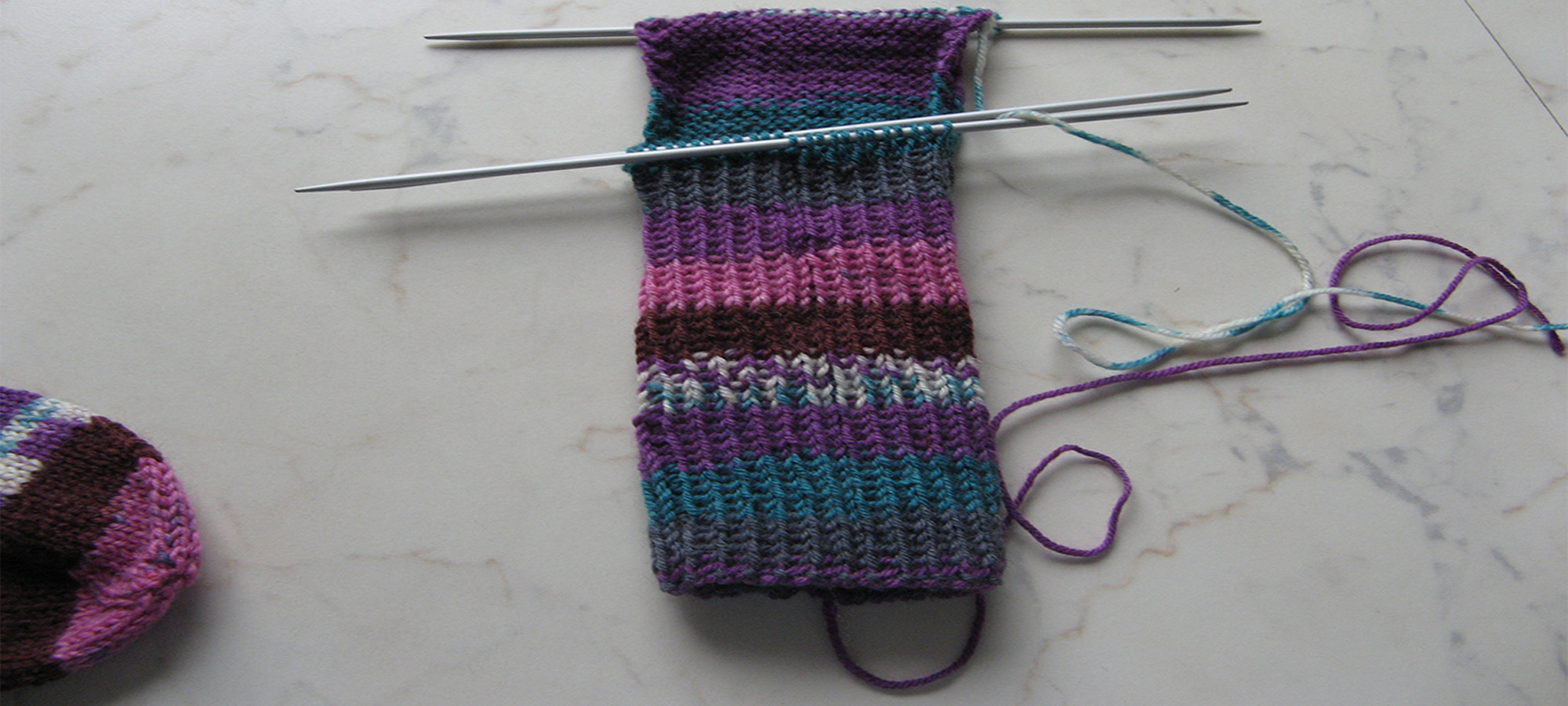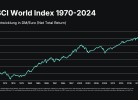By Mitch Zacks
Equity investors looking for positive signs on the horizon may find one in an unlikely place: the U.S. midterm elections.
The first point worth mentioning is that the lead-up to midterm elections has historically proven very volatile for the stock market, a pattern that matches what we’ve seen in 2022. Going back the last 60 years, the average drawdown for the S&P 500 in the leadup to a midterm has been a stout -19% – a sizable correction close to in line with 2022’s declines.
It is also true, however, that stocks have staged strong rebounds in the months and years following a midterm election, with positive performance far more than just a seasonal or statistical quirk. Case-in-point: since 1950, there have been 18 midterm elections, and stocks have gone up the following year 100% of the time. And not only do stocks go up, but they also tend to go up by a lot. From 1950 to 2018, here are the forward returns for the S&P 500 following a midterm election:
- 6 Month Forward Return = +35.5%
- 12 Month Forward Return = +18.6%
- 24 Month Forward Return = +15.2%
I think it’s more than just chance that stocks tend to behave this way leading up to and following the midterms. In the run-up to the election, there is usually an increased chance that the party in power will attempt to squeeze legislation through before the balance of power shifts, which adds uncertainty to the business and economic environment. As a rule of thumb in equity markets, uncertainty drives volatility.
But once the midterm elections take place and markets can digest how the balance of power has shifted, the uncertainty fades and corporations (stocks) have a clearer sense of what to expect from Congress in the coming two years. The ideal outcome for markets, in my view, is gridlock – split power in Congress and between Congress and the executive branch significantly lowers the likelihood of sweeping legislation, which reduces uncertainty for businesses when it comes to tax and investment planning.
Gridlock looks like a distinct possibility in this cycle. Since 1946, when a president has had lower than 50% job approval, the party has lost an average of 37 seats. With President Biden’s approval rating closer to 40% and Republicans needing only 5 net seats to regain control of the House, Republicans appear poised to take at least one chamber of Congress. Gridlock may provide a tailwind for stocks.
To be fair, there is one key caveat to the 2022 midterm election cycle that we have not seen in years past. This may come as a surprise, but the U.S. economy has never had a recession in year three of a presidential cycle, going back to 1929. This long-standing trend could break in 2023, as leading economic indicators are pointing to a mild recession either now or in the not-too-distant future. The upshot, however, is that bull markets tend to start during recessions, and stocks also historically rally once CPI starts to come down. I think these conditions will appear in the year following the midterm election, which only adds to the historical bull case presented above.
Bottom Line for Investors
Stocks are rarely influenced by a single factor like midterm elections, and past returns do not influence future returns. But there is a multitude of other factors working in tandem with the midterm elections that I think should give investors hope looking forward.
The risk of recession has risen with falling profit margins, a weakening housing market, and leading economic indicators that have turned slightly negative. While that does not seem like good news on its face, it is important to remember that bull markets typically start during a recession, around 6-9 months before a trough in earnings. Equity markets have also done very well once CPI peaks and comes down, and also when growth is weak but improving (rather than when it is strong but slowing). In my view, we may be closer to reaching these conditions than most appreciate, just as a midterm election is about to take place.
Wenn du keinen Beitrag mehr verpassen willst, dann bestell doch einfach den Newsletter! So wirst du jedes Mal informiert, wenn ein neuer Beitrag erscheint!
±








Man hat das (Bauch-)Gefühl, der Druck nach oben steige. Am Freitag +2,6 des S&P500.
Da kommt zugleich das unangenehme „Ich versäume was-Gefühl auf“.
Der S&P 500 läuft jetzt mehr oder weniger seit einem Monat seitwärts (hat allerdings in der Zwischenzeit ein neues 12-Monats-Tief gemacht). Das macht ein Index nicht so oft. Entweder er bricht nach oben aus – oder nach unten. Schauen wir mal.
Ich persönlich kann da die Ruhe selbst sein, denn ich bin jetzt zu 96% investiert. Da ist nur noch eine ganz kleine Notreserve für den Fall, dass ich eine Aktie gerne noch einmal nachkaufen will.